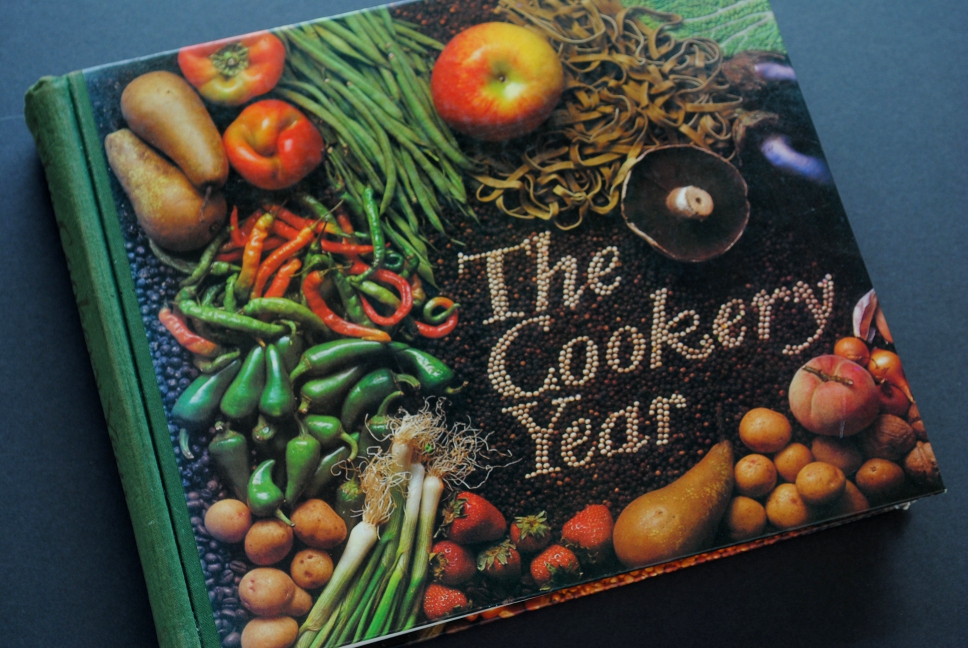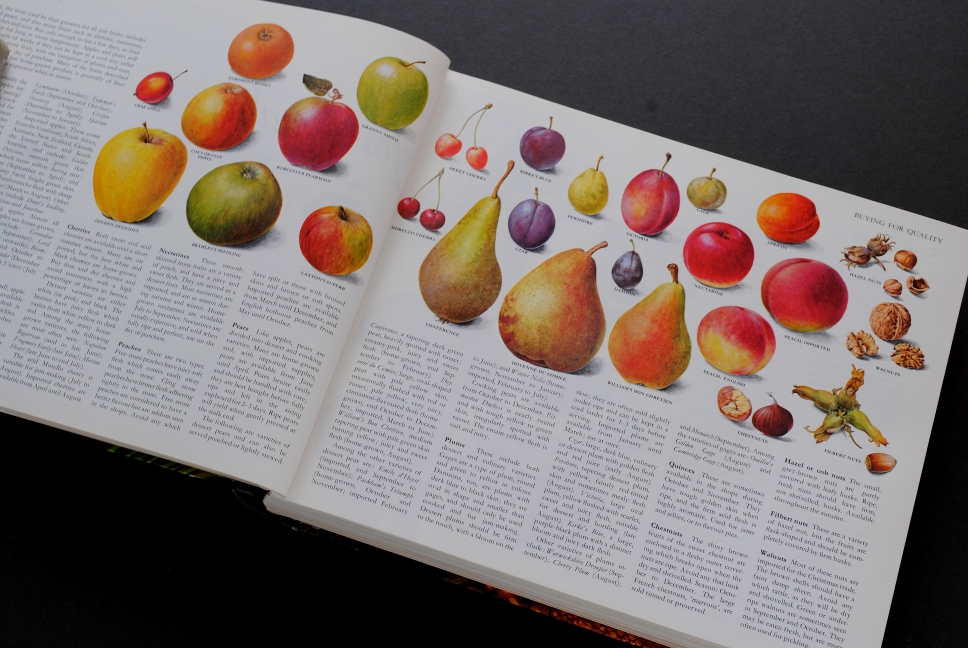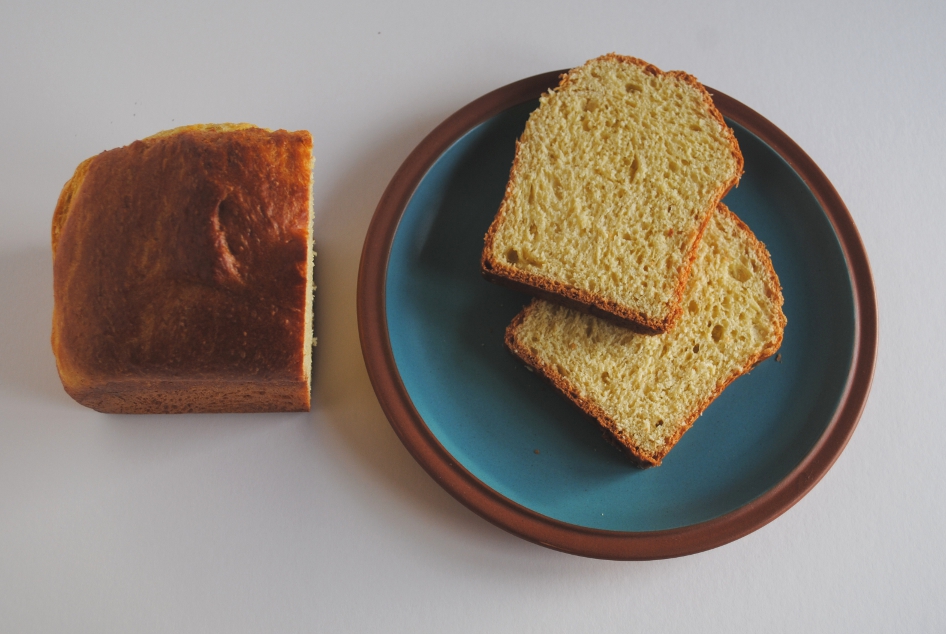Quick retro brioche
The last time I made brioche – and it was a while ago – I followed the recipe from Ottolenghi: The Cookbook. The results were good, but there are so many widely-differing recipes for brioche that there is plenty of scope for experiment.
The other day I decided to try a brioche recipe from The Cookery Year, a Reader’s Digest cookery book from the 1970s. My parents had a copy of this book and I remember being fascinated by it when I was younger. Not just a collection of recipes, The Cookery Year contains all sorts of information about food and techniques that it’s rare to find in most cookery books, all lavishly illustrated. Though long out of print, I was fortunate enough, some years ago, to find a secondhand copy in good condition. While it might look a bit dated, it remains one of my trusted kitchen references.


The recipe is a very quick and simple one, and I was interested to know how it would turn out. Here it is, converted from the Imperial measurements that were still in use at the time the book was published:
225g strong flour
50g butter, melted
2 eggs, beaten
15g caster sugar
15g fresh yeast/ 7g dried or easy-blend
5g salt
Combine the ingredients to make the dough, preparing the fresh or dried yeast as usual, if using. If you use easy-blend yeast you won’t be adding any water, but if the dough is too stiff you can add a tablespoon or two of milk. The consistency of the dough will also depend on the size of your eggs. Ideally, it should be quite sticky and loose when first mixed. The dough only needs about five minutes kneading, with which it will quickly become smooth and stretchy. After an hour’s bulk fermentation, I shaped it and left it to prove for another hour in a 1lb loaf tin. The dough doesn’t gain very much volume during bulk fermentation and proving, so be careful not to let it over-prove. As it was, the dough didn’t even rise level with the rim of the tin, but it expanded dramatically in the oven.
Because the dough is so rich, it colours very quickly and is better baked at a lower temperature than usual – 200-210°c is about right, and I lower the temperature to 190°c if I think it’s browning too fast after the first ten minutes.

I used eggs laid by my landlady’s chickens which, being happy, healthy free-range chickens, are almost violently yellow when beaten, and gave the dough a striking colour which mellowed with baking.
Traditional brioche recipes involve additional or extended fermentation periods (the Ottolenghi version, for example, leaves the dough in the refrigerator overnight). The Reader’s Digest recipe takes only as long as a regular loaf made with a straight dough, and the results were very good. If you’re pressed for time, it’s well worth a try.
